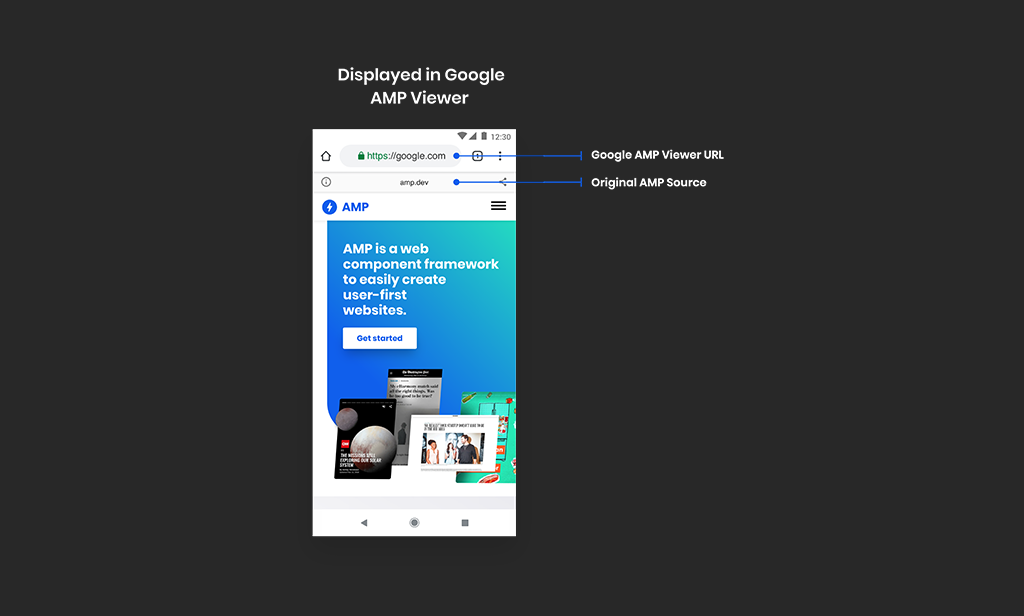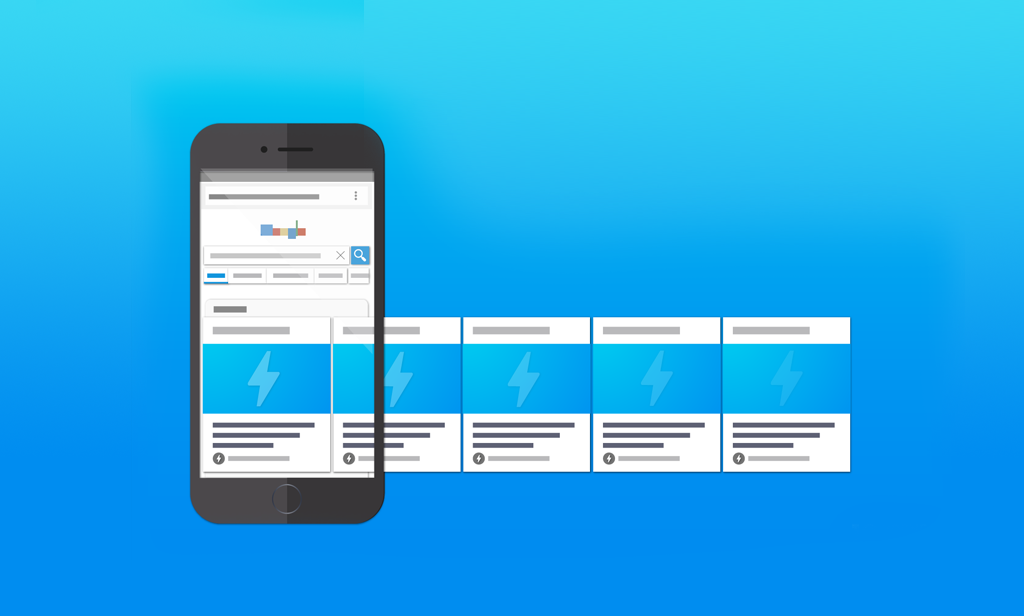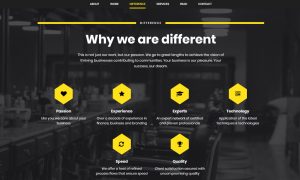Google’s Accelerated Mobile Pages
Google’s Accelerated Mobile Pages is an open-source initiative which relies on bare minimal HTML and limited Javascript. AMP is more suitable for news website or websites with informative content and little or no complex styling.
AMP content is hosted in Google’s AMP cache, which is then served to your visitors instantly when they click on your result in search engines. The AMP initiative is supported by both Google and Twitter, and the goal of the project is to make web content load faster for mobile users. Accelerated Mobile Pages are intended to work uniformly within every application, browser and web viewer.

Benefits of using AMP
- AMP greatly improves the user experience for mobile visitors with slow internet connections. It makes your content lean and fast by removing complex styling, which means your visitors won’t have to wait for your site to load. This should naturally lead to more traffic, provided your text content is helpful.
- Google is encouraging usage of AMP by giving them a boost in mobile search results. Adding AMP to your site will help improve your SEO efforts.
- Site content which complies with AMP standards has the chance to appear in the carousel at the top of Google mobile search results, which could greatly improve your site’s exposure.
- If your website mostly consists of articles, having AMP on your site will reduce the load on your hosting servers, which will help improve website performance.

Drawbacks of using AMP
- Since AMP uses a limited set of HTML, JavaScript and CSS, certain features, styles and widgets will need to be removed from your content. Adding AMP could prevent you from adding CTAs (calls to action), share buttons, complex elements and other dynamic scripts.
- It can limit opportunities for advertising on your site. While ads are allowed in AMP content, adding them can cause unexpected results or layout artifacts.
- If you decide to install and configure AMP on your site and then change your mind later and remove it, you’ll want to setup 301 redirects back to the non-AMP posts. This can cause broken links and can affect your SEO.
- AMP web components relies on something called the Shadow-DOM and the AMP project requires that you use their framework to build the website. A problem with their web components is that until recently they were not broadly supported. Right now Google Chrome is the only major browser offering support for it. Microsoft, Mozilla (FireFox) and Apple have all hesitated to implement this API. The main reason is performance concerns. Right now FireFox is in the process of adding support. Apple has implemented some features and Microsoft is still investigating if they will invest engineering resources. This meant that they had to include a rather large set of polyfil code to make the project work across browsers. This excess fat remains in the current AMP project and will impact the overall performance of your site.






































